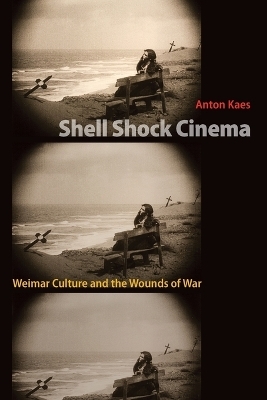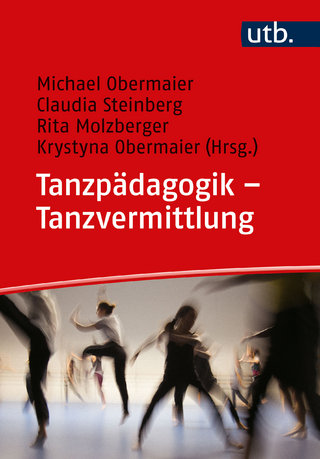
Shell Shock Cinema
Princeton University Press (Verlag)
978-0-691-00850-9 (ISBN)
Shell Shock Cinema explores how the classical German cinema of the Weimar Republic was haunted by the horrors of World War I and the the devastating effects of the nation's defeat. In this exciting new book, Anton Kaes argues that masterworks such as The Cabinet of Dr. Caligari, Nosferatu, The Nibelungen, and Metropolis, even though they do not depict battle scenes or soldiers in combat, engaged the war and registered its tragic aftermath. These films reveal a wounded nation in post-traumatic shock, reeling from a devastating defeat that it never officially acknowledged, let alone accepted. Kaes uses the term "shell shock"--coined during World War I to describe soldiers suffering from nervous breakdowns--as a metaphor for the psychological wounds that found expression in Weimar cinema. Directors like Robert Wiene, F. W. Murnau, and Fritz Lang portrayed paranoia, panic, and fear of invasion in films peopled with serial killers, mad scientists, and troubled young men.
Combining original close textual analysis with extensive archival research, Kaes shows how this post-traumatic cinema of shell shock transformed extreme psychological states into visual expression; how it pushed the limits of cinematic representation with its fragmented story lines, distorted perspectives, and stark lighting; and how it helped create a modernist film language that anticipated film noir and remains incredibly influential today. A compelling contribution to the cultural history of trauma, Shell Shock Cinema exposes how German film gave expression to the loss and acute grief that lay behind Weimar's sleek facade.
Anton Kaes is the Class of 1939 Professor of German and Film Studies at the University of California, Berkeley. He is the author of "From Hitler to Heimat: The Return of History as Film" and "M", and the coeditor of "The Weimar Republic Sourcebook".
Illustrations vii Acknowledgments ix Introduction 1 Chapter 1: The War at Home 7 The Wounded Soldier 8 The Spirit of 1914 16 Film and Nation 20 The Battle of Images 25 A Medium for Deception 29 The New Empire 34 Mental Breakdowns 37 Chapter 2: Tales from the Asylum 45 War Neurotics 46 Recovering the Past 49 Phantoms and Freaks 55 From Dr. Charcot to Dr. Caligari 63 Madness as Resistance 71 The Hitler Connection 75 Shattered Space 81 Chapter 3: The Return of the Undead 87 The Lost Generation 88 Mass Death 93 Dracula Revisited 98 A Community under Siege 108 Hysteria on the Home Front 113 The Allure of the Occult 120 The Work of Mourning 127 Chapter 4: Myth, Murder, and Revenge 131 The National Project 132 Posing for Germany 135 The Will to Form 141 The Fallen Hero 145 Excursus: Lang in World War I 151 The Sacred Battle 153 The End of Violence 157 Chapter 5: The Industrial Battlefield 167 Rise of the Machines 168 Moloch War 175 Lang's America 181 The Hunger for Religion 186 The Workers' Revolt 193 Destruction and Regeneration 200 Aftershocks 205 Conclusion 211 Notes 217 Weimar Cinema on DVD 251 Bibliography 267 Shell Shock and Trauma Theory 267 World War I and the Weimar Republic 272 Weimar Film History 278 Films Discussed 283 Index 299
| Verlagsort | New Jersey |
|---|---|
| Sprache | englisch |
| Maße | 152 x 235 mm |
| Gewicht | 652 g |
| Themenwelt | Kunst / Musik / Theater ► Theater / Ballett |
| Sachbuch/Ratgeber ► Sport ► Tanzen / Tanzsport | |
| ISBN-10 | 0-691-00850-7 / 0691008507 |
| ISBN-13 | 978-0-691-00850-9 / 9780691008509 |
| Zustand | Neuware |
| Haben Sie eine Frage zum Produkt? |
aus dem Bereich


